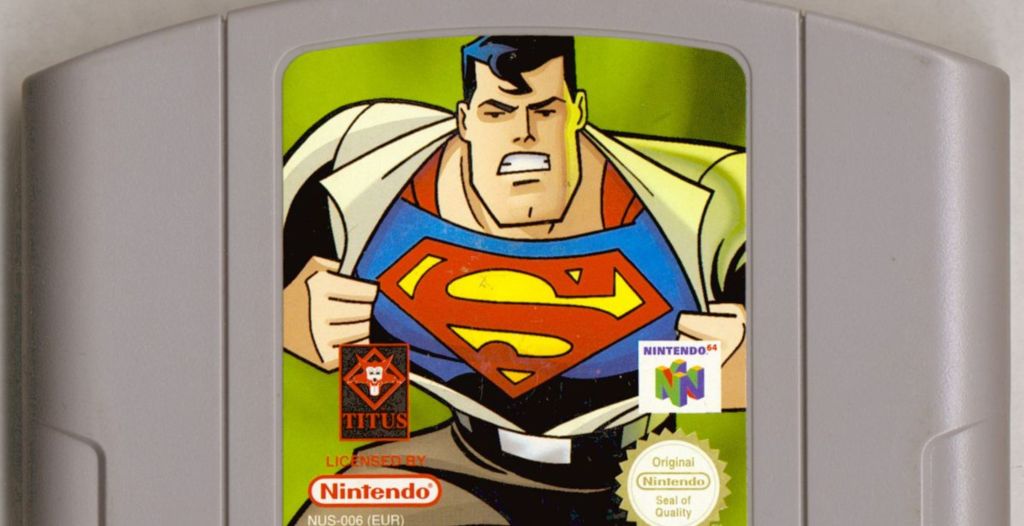Mike Hooker spends his nights maintaining trains on the Long Island Railroad. He spends his days fixing pinball machines.
He’s a freelance pinball repair tech, one of the last serving the New York City area. As you might expect, people call him when their old stuff breaks; often times, they simply want to get rid of it.
Videos by VICE
When we visited Hooker at his Sayville, Long Island home, he led us downstairs to a museum of rare, odd, and historical games. Sea Devil, a submarine-hunting game with a periscope from 1970; Coney Island Rifle, a boardwalk-style target shooting game manufactured in 1976 but that feels like it’s from the Roaring 20s; and Bull’s Eye, a 1972 electronic wall dart game. I hadn’t seen or heard of any of these games before, let-alone played them.
Hooker systematically destroyed me on all of them, before turning to the only pinball game he’s actually kept: Happy Clown, an electromechanical pinball board produced by Gottlieb in 1964 whose art features a disembodied, bouncing clown head. Hooker has replaced Happy Clown’s pinballs with The Twilight Zone’s infamous “Power Ball,” a white ceramic ball that, because of its lighter weight, zooms around the board at speeds much faster than a standard steel ball. He crushes me at Happy Clown, too.
“Everybody knows pinball,” he said. “It’s uniquely American. We exported it. It’s like jazz.”

Like a jazz band, pinball machines emit a cacophony of improvised noises that, in the end, sounds like music. Plungers, targets, flippers, and ramps are activated as the player fights against gravity to keep the steel ball bounding around the playfield. Good players compose long, largely repetitive songs based on an individual board’s gameplay quirks; bad players compose songs made of flipper smashing as they quickly rip through their allotted three balls.
It’s Hooker’s job to make sure pinball players are able to make music. Unless he’s rebuilding a machine, Hooker usually makes house calls to repair the machines of collectors (moving a pinball machine is expensive and often results in damage).
“Light bulbs, fuses—these things blow constantly.”
Pinball machines are finicky and getting harder to repair because most of the companies that made them have gone out of business.
“They were really only built to last five years,” Hooker says. “They were built to suck the quarters out of people’s pockets and then get tossed.”

But people like pinball, and people want to keep playing the games they grew up. When we visit Hooker, he’s got a Gottlieb machine called Haunted House in his garage in the backyard. The iconic back glass—the vertical display at the end of the table, which is often one of the more valuable parts of a pinball machine—has been removed, as has the glass above the playing field. He’s nearly rebuilt Haunted House from scratch, but one of the targets still isn’t adding points, which Hooker thinks is because a soldered wire has come loose underneath the machine.
Because pinball machines have so many moving parts, are regularly jostled, and generally slammed upon, their components break or wear out all the time.
“If we don’t repair them, they’re worthless.”
“The flipper rubber bands wear out, I’ve got switches up the fuckin’ wazoo,” Jon Ehrlich, who does his own pinball repairs and owns a Brooklyn pinball bar called Jackbar told us. “Light bulbs, fuses—these things blow constantly. This job is mostly parts sourcing. In some cases, they’re not findable at all.”
Though there’s only a couple pinball repair experts in town, Hooker and Ehrlich have found themselves with plenty of work. In the last few years, there’s been a pinball resurgence—maybe because a generation of people, like Ehrlich, who grew up with pinball have the money to spend it on the machines from their youth.

“Pinball prices are through the roof, Hooker said. “If we don’t repair them, they’re worthless. If we never repaired anything, the Earth would just be a giant dump. What are you going to do? Shoot this stuff into space?”
Hooker pulls the Haunted House board and its bonus basement board (one of the first games to have another pinball board under the normal one) to expose a birds nest tangle of wires.
“You’ve got 50 billion connectors down there,” Hooker says. Each of the connectors corresponds to one of the game’s flippers, targets, or lights. He’s got to find the single switch that has gone bad, a task that would be extremely time consuming save for the fact that he’s got a schematic book that explains exactly what each one does. This schematic looks like gobbledygook to me, but to Hooker, it’s a map that explains everything that could possibly go bad on the machine and what needs replacing when it happens.
“Don’t know what’s wrong, we look in the book,” he says.
These schematics are something that people who repair modern electronics are fighting a fierce legal battle for. There’s a burgeoning right to repair movement that is pushing for state-level laws that would require electronics manufacturers to make repair manuals available to the public. It would help the average consumer learn how to fix their own things, and would help professionals perform specialized repairs without resorting to a time-consuming and sometimes costly process of trial-and-error to diagnose and fix a problem.
Hooker finds the proper switch which has indeed become desoldered. He reattaches it, closes up the machine, and we play a game. He wins again.
More
From VICE
-

-

Screenshot: Nintendo -

Screenshot: Titus Interactive -

Screenshot: Bethesda Softworks
